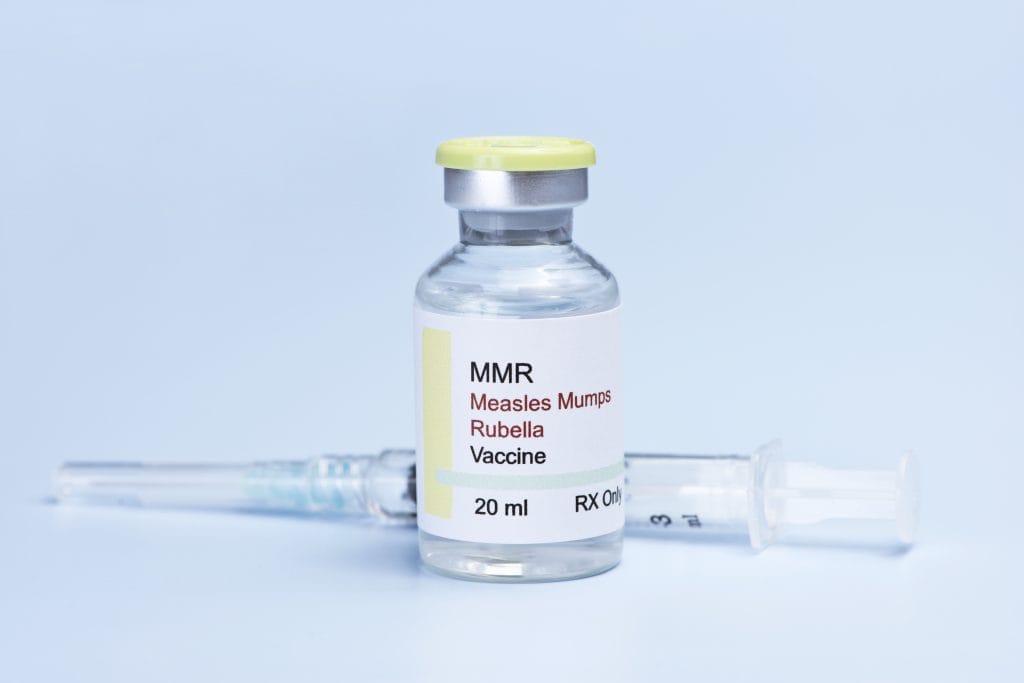Mumps is an acute viral infection that predominantly affects young children. The disease can lead to severe complications including deafness, orchitis, oophoritis, pancreatitis and meningoencephalitis.
The disease is entirely vaccine preventable, though the vaccine is currently not part of India’s Universal Immunization Programme (UIP). Consequently the vaccine is available for private purchase, but its provision is not mandatory as part of the national immunization schedule.

Prevalence
Mumps is currently not viewed as a significant enough public health issue by the Indian government to warrant its addition to the UIP. Despite this, the virus is present across all Indian states. Outbreaks are sporadic, and typically only affect a small number of individuals in each case.
Epidemiological data is sparse in India. Overall country statistics are absent from World Health Organization (WHO) records. The implication of this is that overall disease figures are simply not recorded. This could mean that disease figures are far higher than the individual studies on statewide level cases suggest.
State studies from Kashmir indicate small scale outbreaks of less than a hundred individuals may occur frequently. 260 cases were reported from fifteen outbreaks over just a three month period.
The disease is easily spread due to being present in airborne droplets droplets produced by coughing or sneezing. Due to the lack of mandatory vaccination in India, immunization levels are typically low within the population, making spreading of the disease far more rapid.
Symptoms
Roughly fourteen to 25 days following contraction of the virus, the first symptoms begin to develop. Worth noting is that some individuals may harbour the virus while remaining asymptomatic.
Many of the symptoms are generic and occur in numerous infections. These may include a headache, loss of appetite, nausea and a fever. The symptoms may therefore be mistaken as being a result of the flu.
One hallmark characteristic is present in mumps: swelling of the parotid glands. These glands are responsible for saliva production and are located on either side of the face below the ears.
The virus has the potential to enter the cerebrospinal fluid. This is what can lead to the more severe symptoms, which, in some cases, may be life altering or even fatal.
Prevention and treatment
As a viral infection there is no treatment option besides symptom management once an individual is infected. Most people will recover with no long term damage, though the potential is always present for long term complications.
Due to this, prevention is the best strategy. The virus is entirely vaccine preventable. If India were to introduce the full measles, mumps and rubella (MMR) vaccine into the UIP the incidence rate of the disease would fall considerably, as shown in countries that have already introduced the vaccination.

